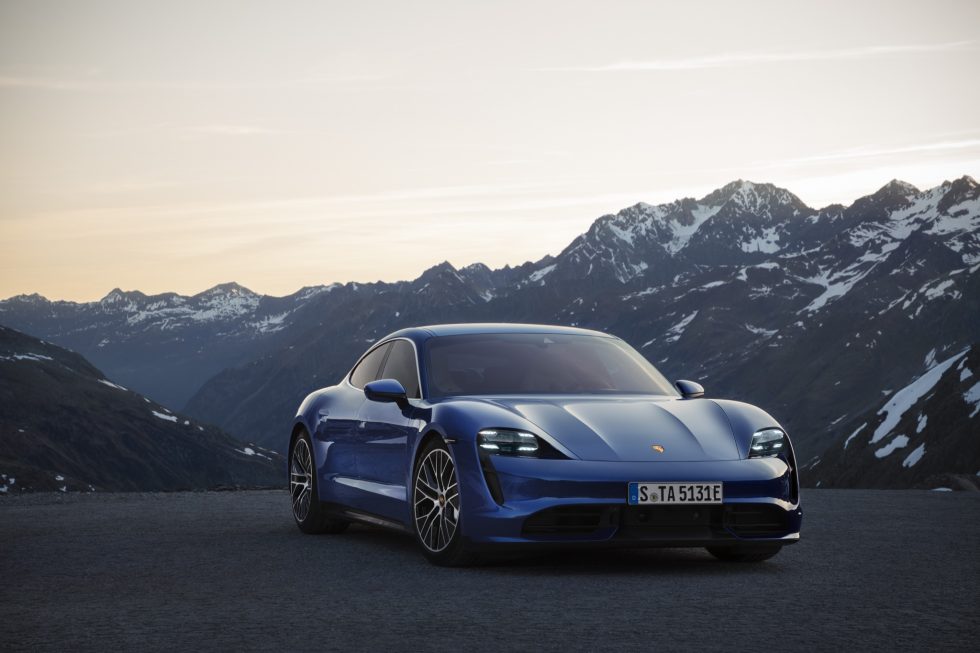Everything you wanted to know about Porsche’s new electric car

The new Porsche Taycan is about the same length and width as a Tesla Model S, but it's a couple of inches shorter in height. It's a good deal more expensive than a Tesla though-but did you expect anything else from Porsche? [credit: Christoph Bauer for Porsche ]
In 2015, Porsche stole the Frankfurt Motor Show with the Mission E concept car. It was the first serious response to Tesla's Model S sedan from a major automaker, and few automakers are more serious than Porsche. On Wednesday, almost exactly four years to the day, it finally revealed the production version of that concept. It's called the Taycan, and it'll be built at the company's home in Zuffenhausen, Germany, with deliveries starting before the end of the year.
It's fair to say that the Taycan is one of the most hotly anticipated cars of the year, although Porsche's lengthy campaign of teasing out tiny nuggets of info here and there has surely been grating for some. But the embargo is over now, and we can share all we know about this impressive new battery-electric vehicle. And "impressive" is the right word-the car is capable of withstanding 26 2.6-second 0-60mph launches in short succession, and it can lap the Ni1/4rburgring in 7 minutes and 42 seconds without overtaxing its lithium-ion battery pack.
An 800V electrical architectureYou could be forgiven for thinking that the Taycan is basically an Audi e-tron under the skin. Audi and Porsche share a corporate parent, and both BEVs were greenlit around the same time in the wake of dieselgate. However, the two vehicles' powertrains share no parts, despite superficially similar specs. Porsche opted for an 800V high voltage architecture; until now almost every other BEV from Audi to Tesla and all stops in between have used 400V. Among the benefits of this higher voltage are faster charging-currently at up to 270kW, although Porsche thinks 400-500kW should be possible in time-as well as reduced weight and better packaging thanks to much thinner wires (because more volts mean fewer amps).
Read 18 remaining paragraphs | Comments